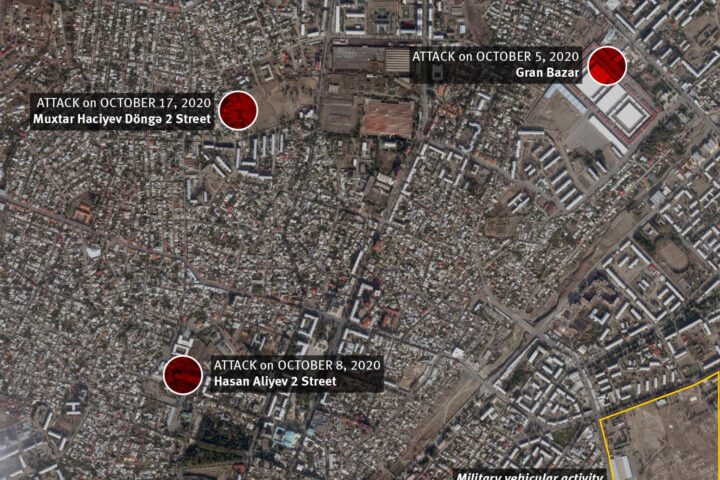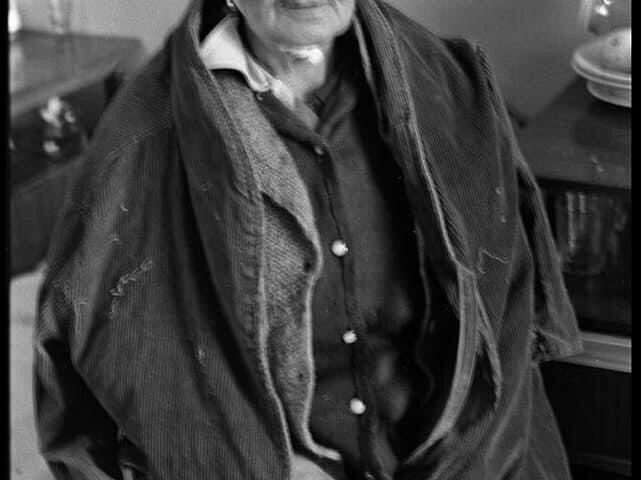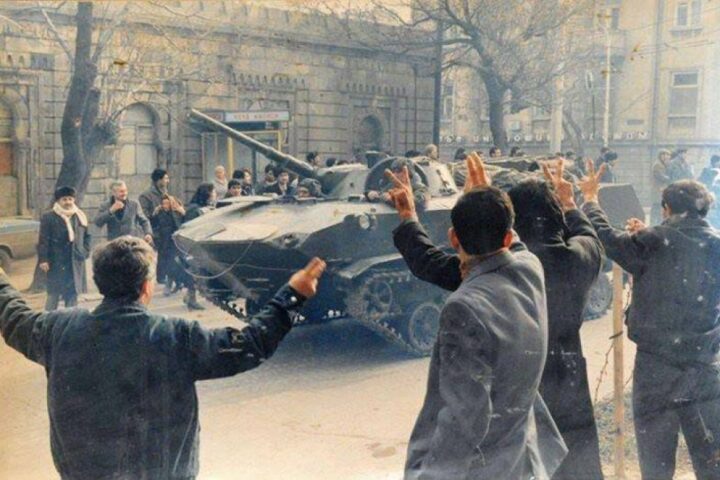Abstract
The Armenia-Azerbaijan conflict over the Nagorno-Karabakh (NK) region of Azerbaijan, which in its modern form has continued for 20 years, is a complicated case study of multi-vector and multi-layered claims, mostly from the Soviet times, ranging from history, economy, and legal status, used to justify the military occupation (along with seven adjacent regions). The article illustrates that some of the weaker claims were dropped altogether, whilst others were continually mixed with additional charges to make them “stick”. Despite solid legal, historic and moral grounds, Azerbaijan has been lagging in clarifying and explaining the fictitious charges of NK’s supposed transfer to Azerbaijan’s suzerainty in 1920s, the legal status of NK itself, its economic and financial well-being, and the impossibility to apply the 3 April 1990 Soviet Law on Succession to the NK case whether for the purposes of justifying its independence or attachment to Armenia. Despite all the challenges and blame shared by all sides, NK and adjacent currently occupied territories are recognized as part of Azerbaijan, with the latter retaining all rights, including military, to return it under its full sovereignty.
Keywords: Azerbaijan, Armenia, Soviet Union, USSR, Nagorno-Karabakh, conflict, separatism
Introduction
One of the biggest challenges in the Armenia-Azerbaijan conflict over the Nagorno-Karabakh (NK) region of Azerbaijan, that made it so difficult for outside observers and even experts to grasp, is a barrage of multi-level finger pointing and claims, some even predating military action, which after being repeated for years, become mainstream and accepted. In light of a recent flurry of statements and articles that repeat those clichés, in major part perpetuated due to the nature of the Internet and greater interest to the NK issue (be it due to Baku-Ceyhan pipeline, Kosovo independence or stand off with Iran), it warrants a more scrupulous elaboration of these claims.[1]
The primary distortions regarding the Karabakh region of Azerbaijan under our scrutiny in this article are the following: 1) that NK is an “ethnic Armenian enclave” and is simply “surrounded by Azeri territory”, 2) that Stalin supposedly “gave” NK to Azerbaijan, 3) that the 1993 United Nations Security Council (UN SC) resolutions have nothing to do with the Republic of Armenia and are addressed only to some vague “local Armenian forces”, 4) that the economy of NK region was deliberately neglected by Soviet Azerbaijani authorities, and this, apparently, left no choice other than for military action, 5) that there are only three parties to the conflict — that is the Republic of Azerbaijan, Republic of Armenia, and Armenian NK community (the unrecognized “NKR”), and, 6) that the Armenian secessionists of NK, with full support of Armenia, declared their “independence” in, allegedly, full accordance of then Soviet laws, particularly the April 1990 law on succession from USSR, and thus the so-called “NKR” is, the logic goes, de jure “independent”. Let us review all these points in that order.
Brief history and current belonging of the NK region: official international opinion
Karabakh region (NK) is a historically Azerbaijani territory – according to the 2001 U.S. State Department NK fact sheet, “In the late l8th century, several khanates [Azerbaijani kingdoms – A.B.], including Karabakh, emerged in the South Caucasus to challenge the waning influence of the Ottoman Empire. After the Russian Empire eventually took control over the region in 1813, Azerbaijani Turks began to emigrate from Karabakh while the Armenian population of mountainous (nagorno) Karabakh grew.”[2] (For the demographics of the Karabakh region, see Table I) The de jure belonging of the currently Armenian occupied region to Azerbaijan is recognized by all relevant international bodies and organizations, including the United Nations Security Council (e.g., specifically and directly in resolutions 853, 874 and 884[3] passed in 1993, at the height of the conflict), UN General Assembly (49/13[4] and 57/298[5]), Organization for Security and Cooperation in Europe (OSCE)[6], Organization of Islamic Conference (OIC)[7], Parliamentary Assembly of the Council of Europe (e.g., PACE Doc. 10364, Report of the Political Affairs Committee, 29 November 2004[8], and PACE Resolution 1416 (2005)[9]), the U.S. State Department (e.g., NK Conflict Fact Sheets in 2001 and 2005[10]), UK Government[11], Russian Ministry of Foreign Affairs[12], and many other states.
Table I: Demographics of the Nagorno-Karabakh region since earliest available Russian census of 1823 till last Soviet census of 1989/1990[13]
| Year | Armenian | Azerbaijani | Russian | Notes |
| 1810 | 2,500 | 9,500 | N/A | Karabakh was still a khanate at the time (abolished in 1822). |
| 1823 | 9% | 91% | N/A | At the time Nagorno-Karabakh was not an autonomous oblast, instead was split into several uezd (districts). When listing “N/A” in case of Azerbaijanis, they represented overwhelming majority of the remainder population. Russian, Greek, Assyrian, Ukrainian, German and other population represented less than 2% at all times. |
| 1832 | 35% | N/A | N/A | |
| 1871 | 29,200 (24%) | 87,800 (73%) | N/A | |
| 1897 | 109,250 (39.5%) | 164,098 (59.5%) | 2,605 (1%) | At the time of when it was not an autonomous oblast but 4 uezds; last official Russian Imperial census. |
| 1897 | 1,987 hereditary nobles | 5,033 hereditary nobles | N/A | One of the population categories from the 1897 census – hereditary nobles, which factually shows how many nobles were native, for generations, to Shusha uezd and city. |
| 1916 | nearly 70% | N/A | N/A | At the time Nagorno-Karabakh was not an autonomous oblast, instead was part of the larger Karabakh region. When listing “N/A” in case of Azerbaijanis, they represented overwhelming majority of the remainder population, Russian, Greek, Assyrian and others represented less than 2% at all times. Both 1916 and 1919 figures are from Armenian sources, Russian and Azerbaijani numbers differ significantly. |
| 1919 | 165,000 | 59,000 | 7,000 | |
| 1926 | 111,700 (89,5%) | 12,600 (10,06%) | 596 | First official Soviet census |
| 1979 | 123,076 (75,9%) | 37,264 (23%) | 1,265 (0,8%) | Last Soviet census before the outbreak of war |
| 1989 | 145,500 (76,9%) | 40,688 (21,5%) | 1,99 (1%) | Last Soviet census; a re-count was ordered in October 1990 which showed the number of Azerbaijanis higher, at 46,000 (24%), plus 1,000 of other minorities. |
Thus, it is inappropriate to describe NK as some “ethnic Armenian enclave” (which in itself is due to ethnic cleansing of all its Azerbaijani population in 1988-1994) that is “completely surrounded by Azeri territory”, as it gives the incorrect impression of NK being if not independent, then at least not being Azerbaijani. In essence, the NK region, which is part of Azerbaijan, is surrounded by more of Azerbaijani territory, such as the seven regions and parts of other regions which are also currently occupied by Armenia, and also by, in the words of then U.S. Assistant Secretary of State Ambassador Elizabeth Jones, “criminal secessionists”.[14]
Legal status of NK before and after Sovietization in 1920
[no_toc]








